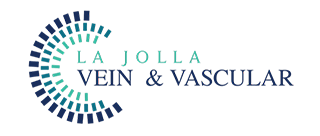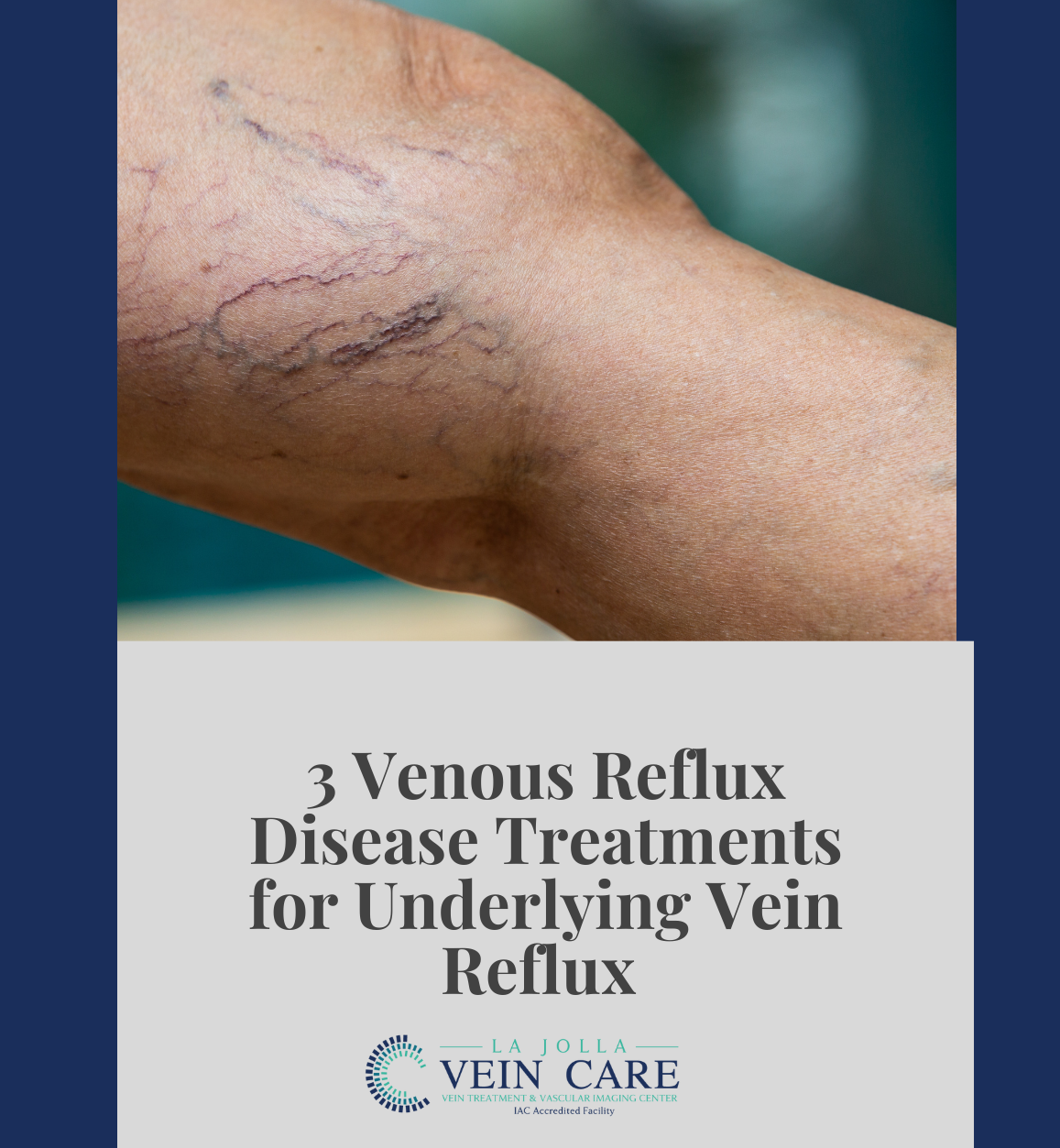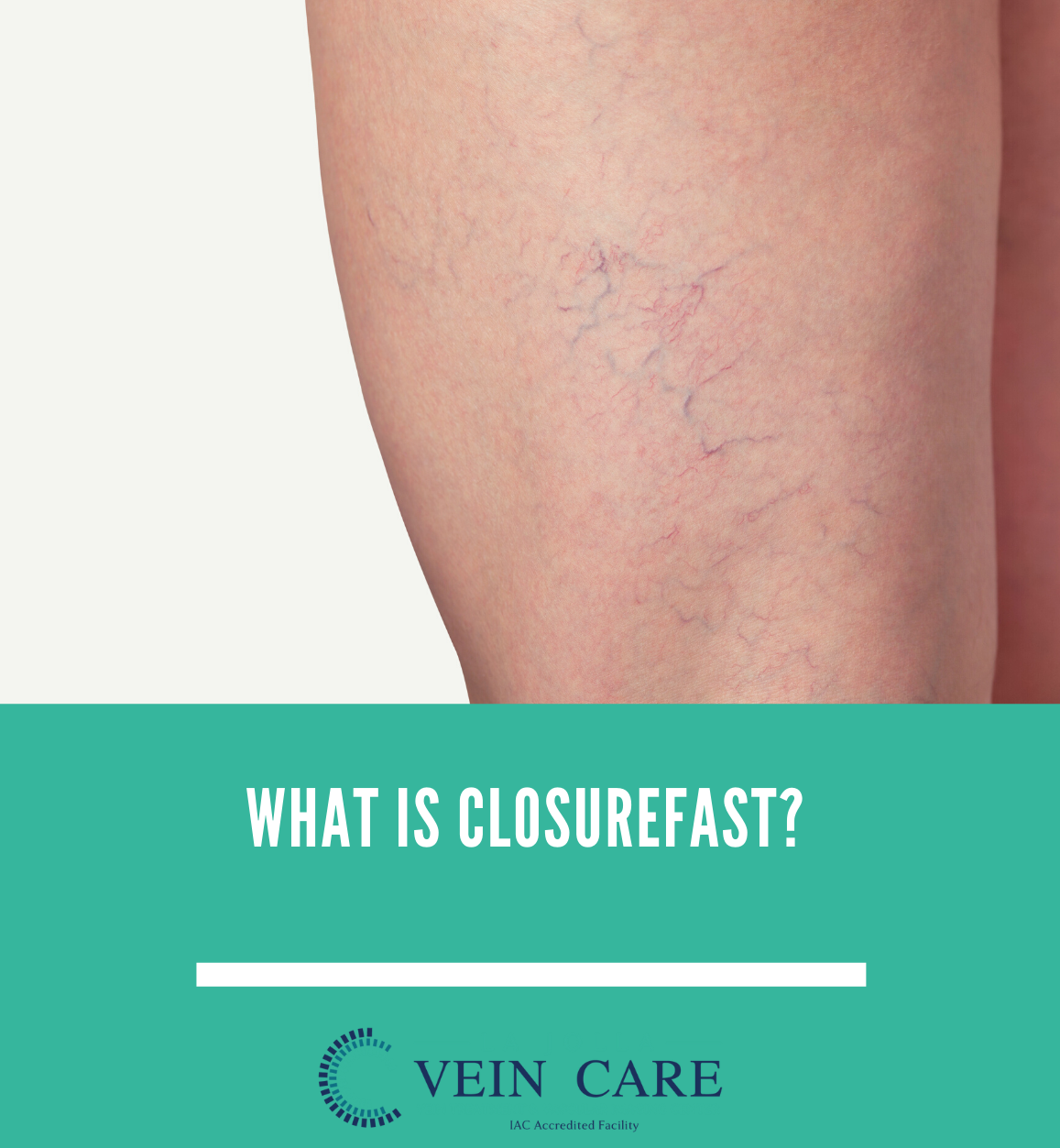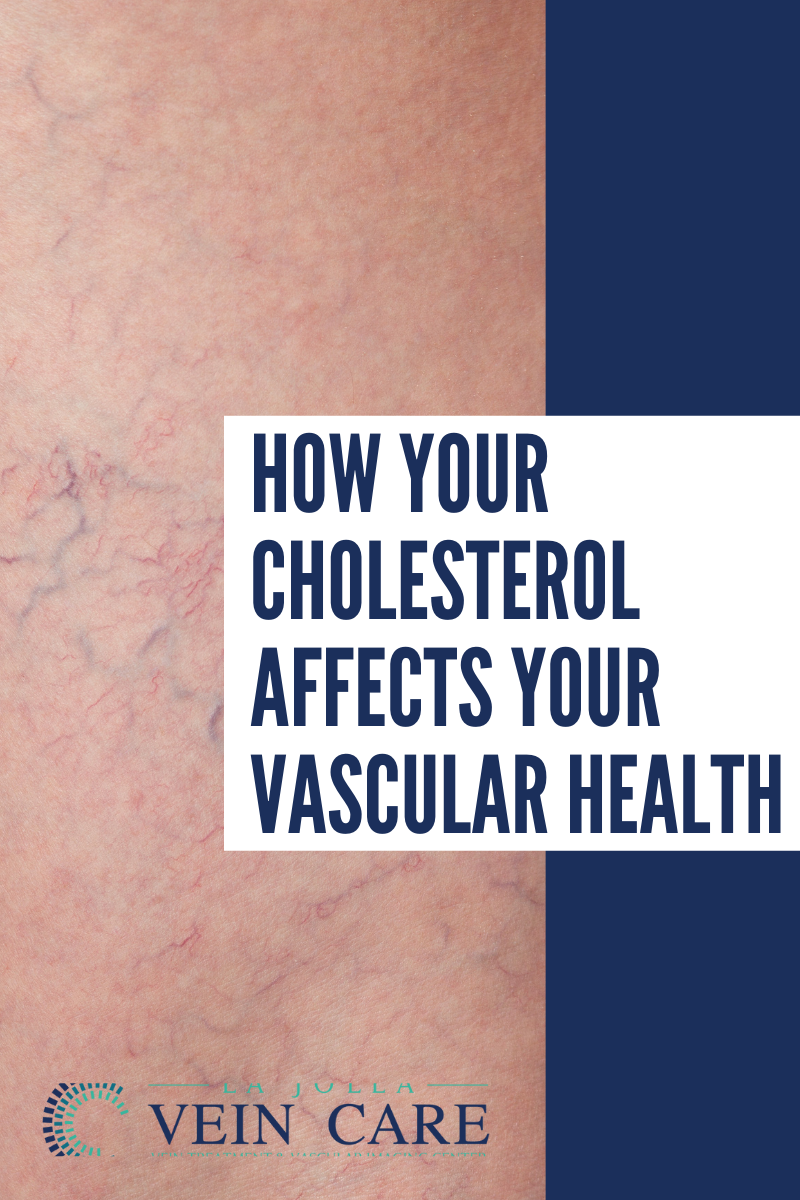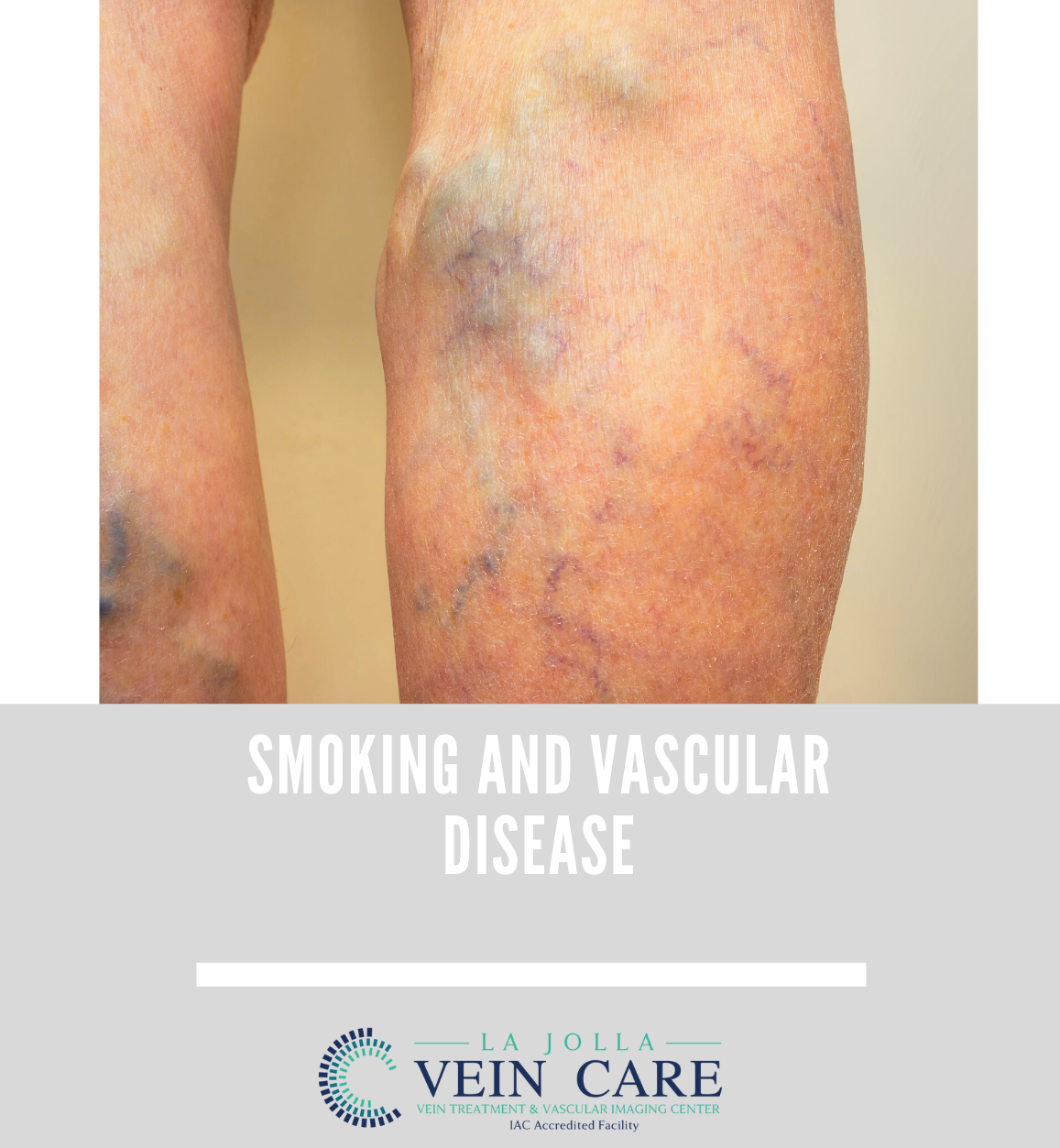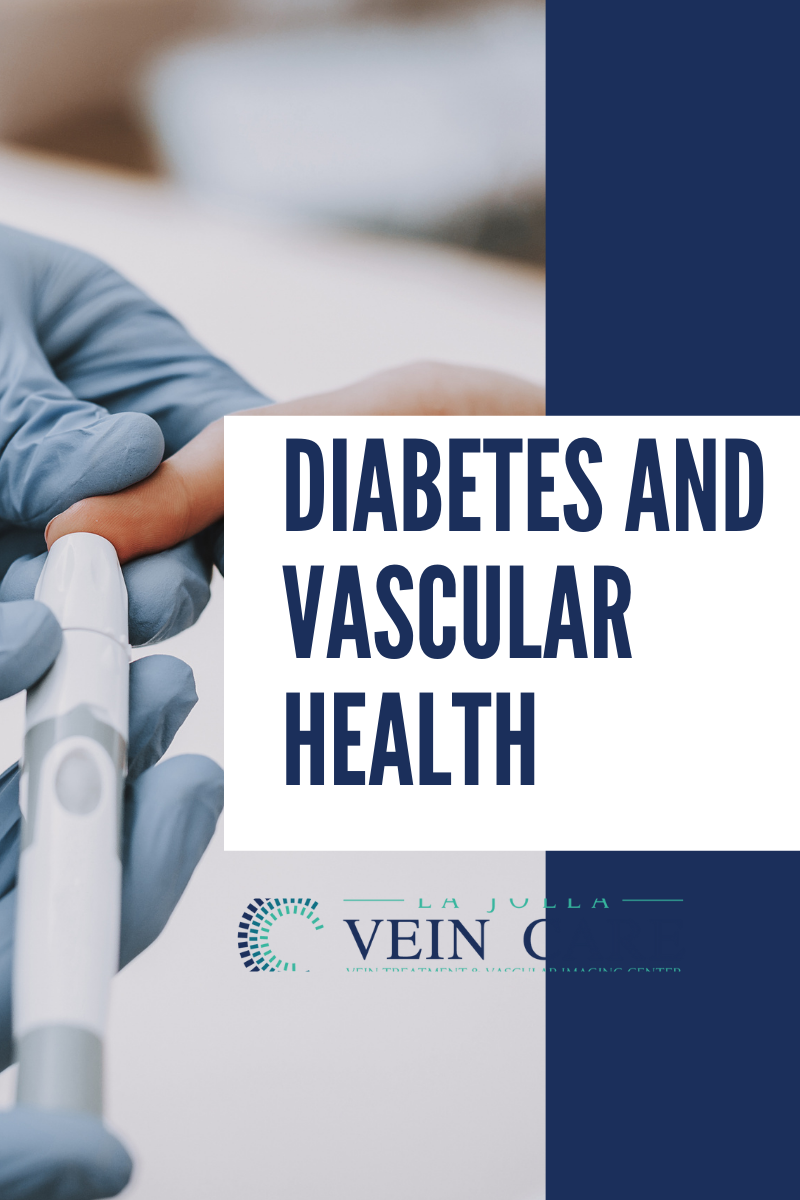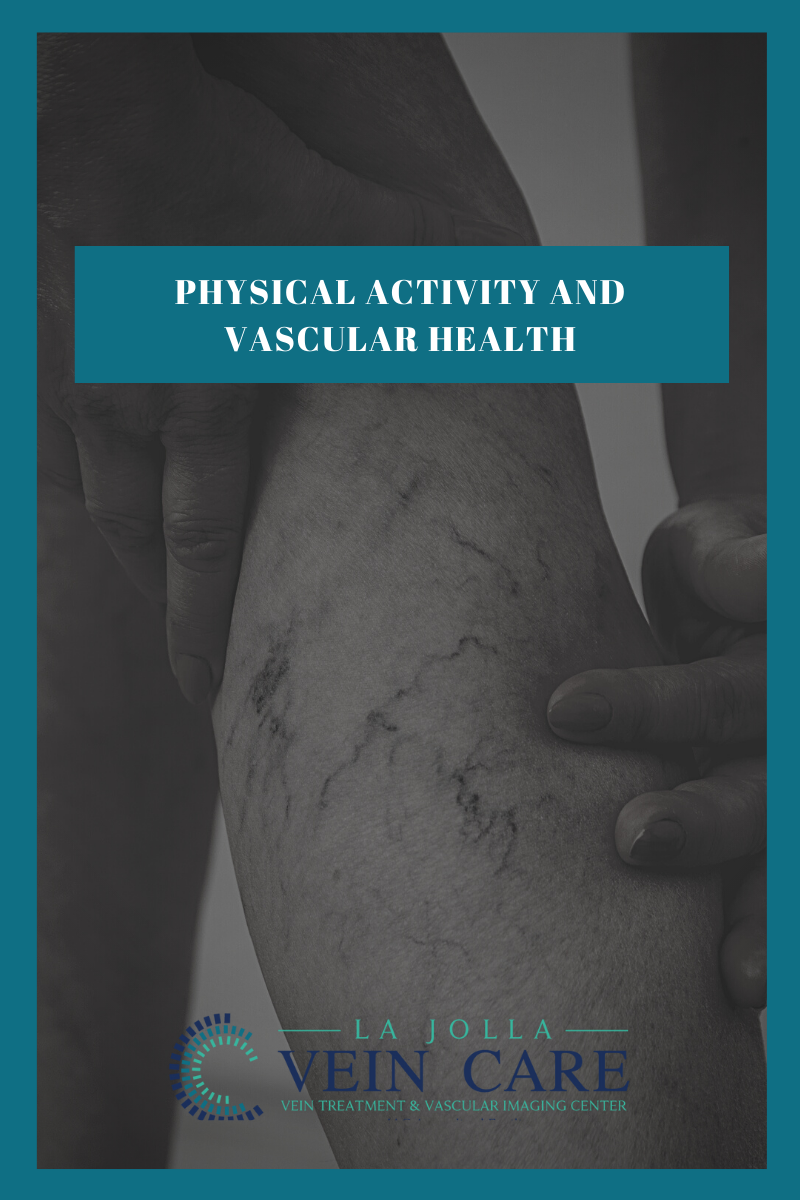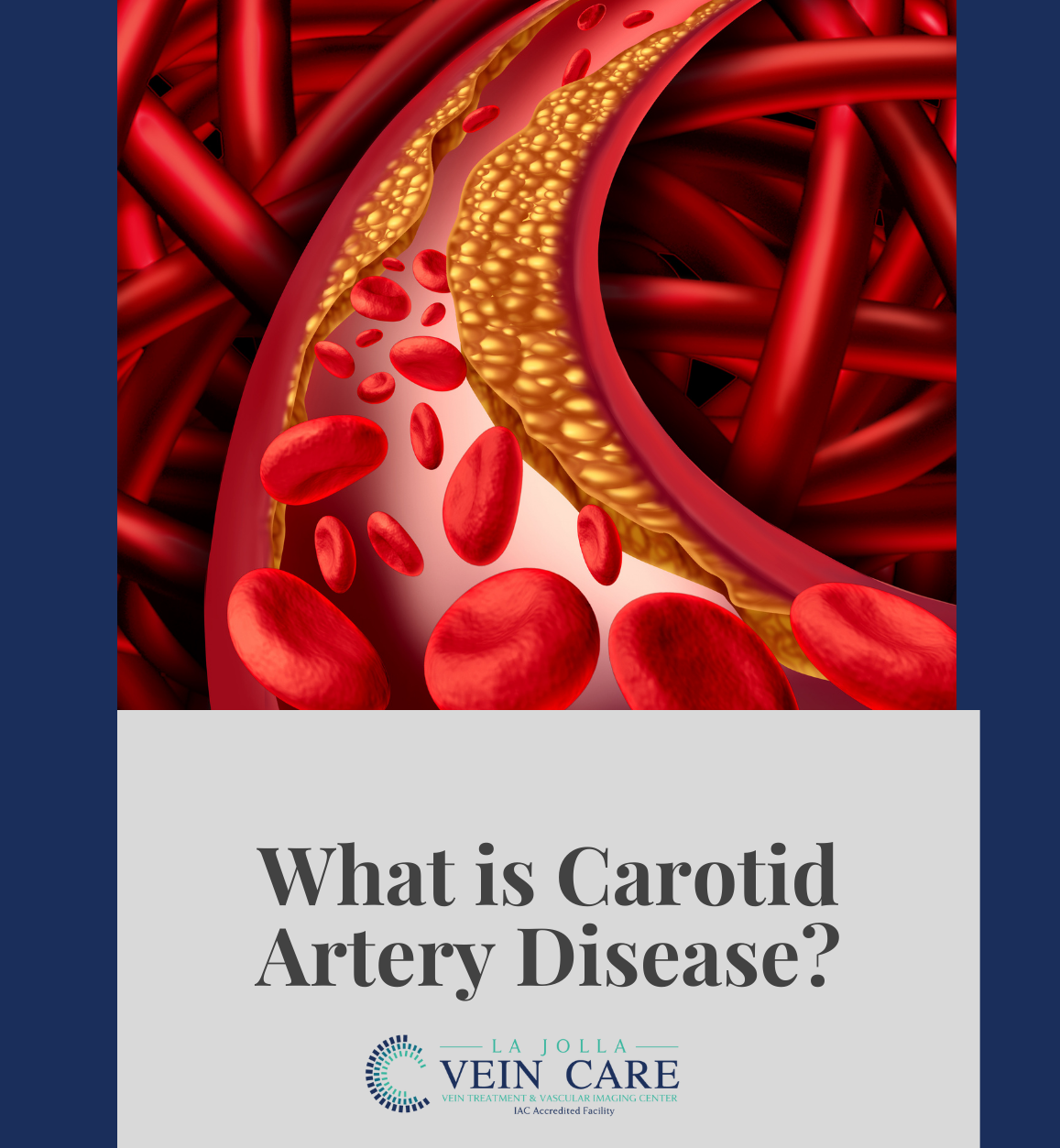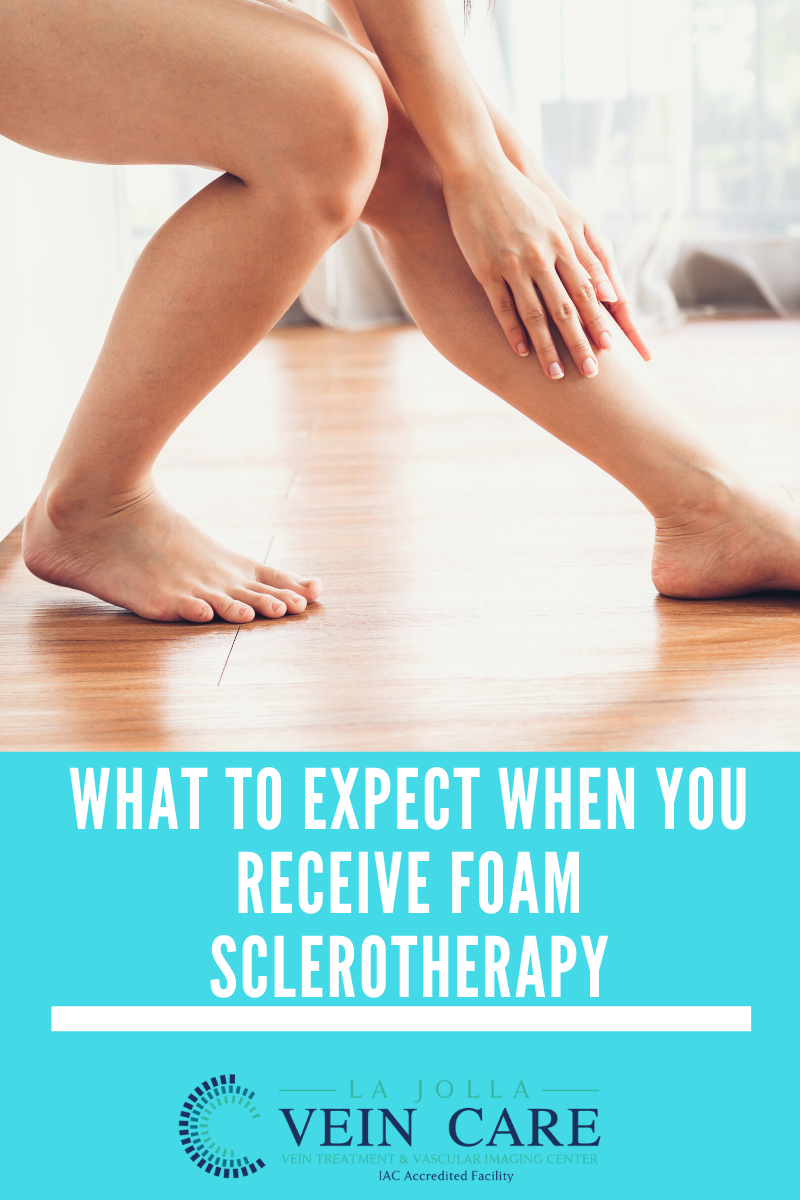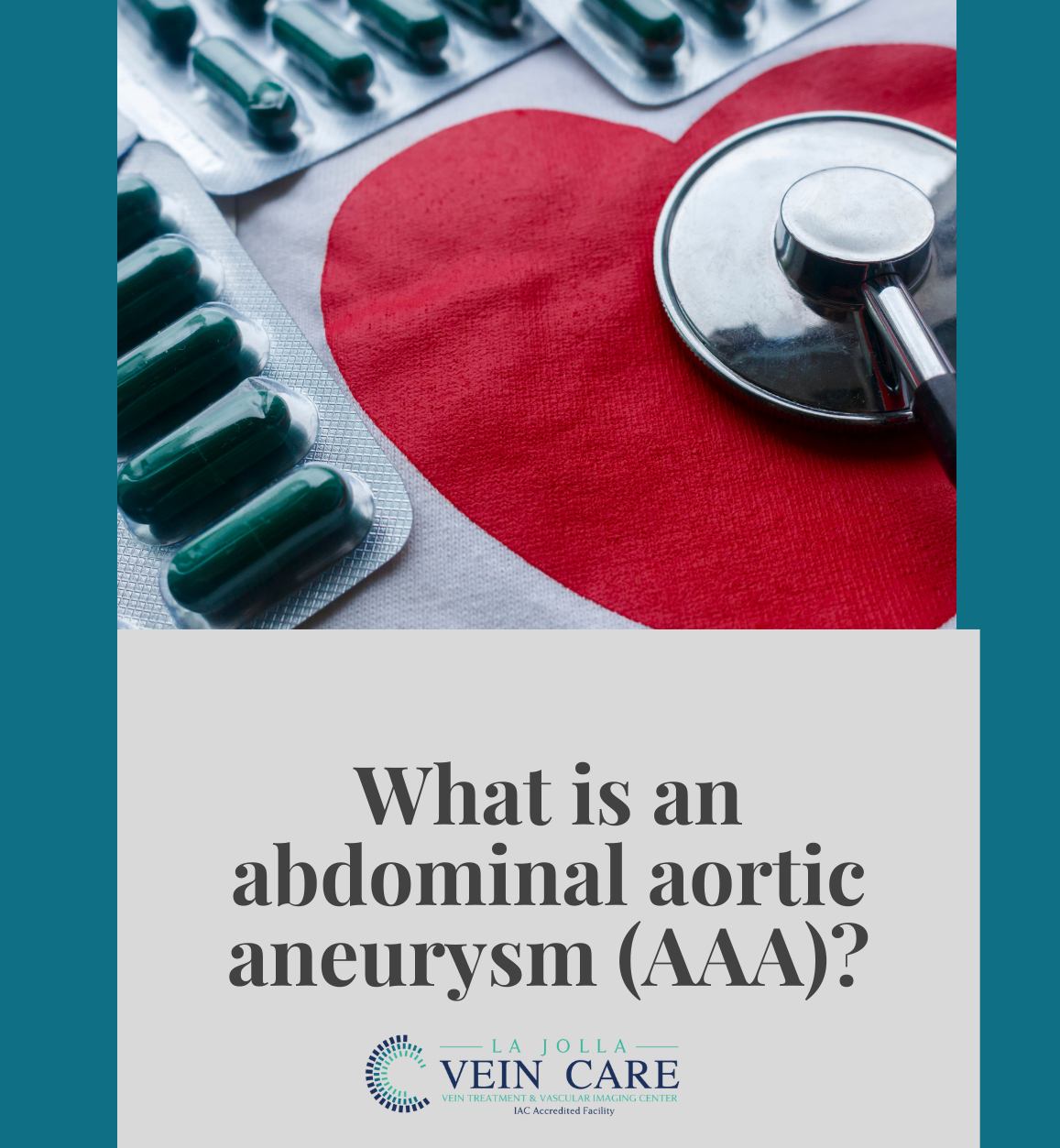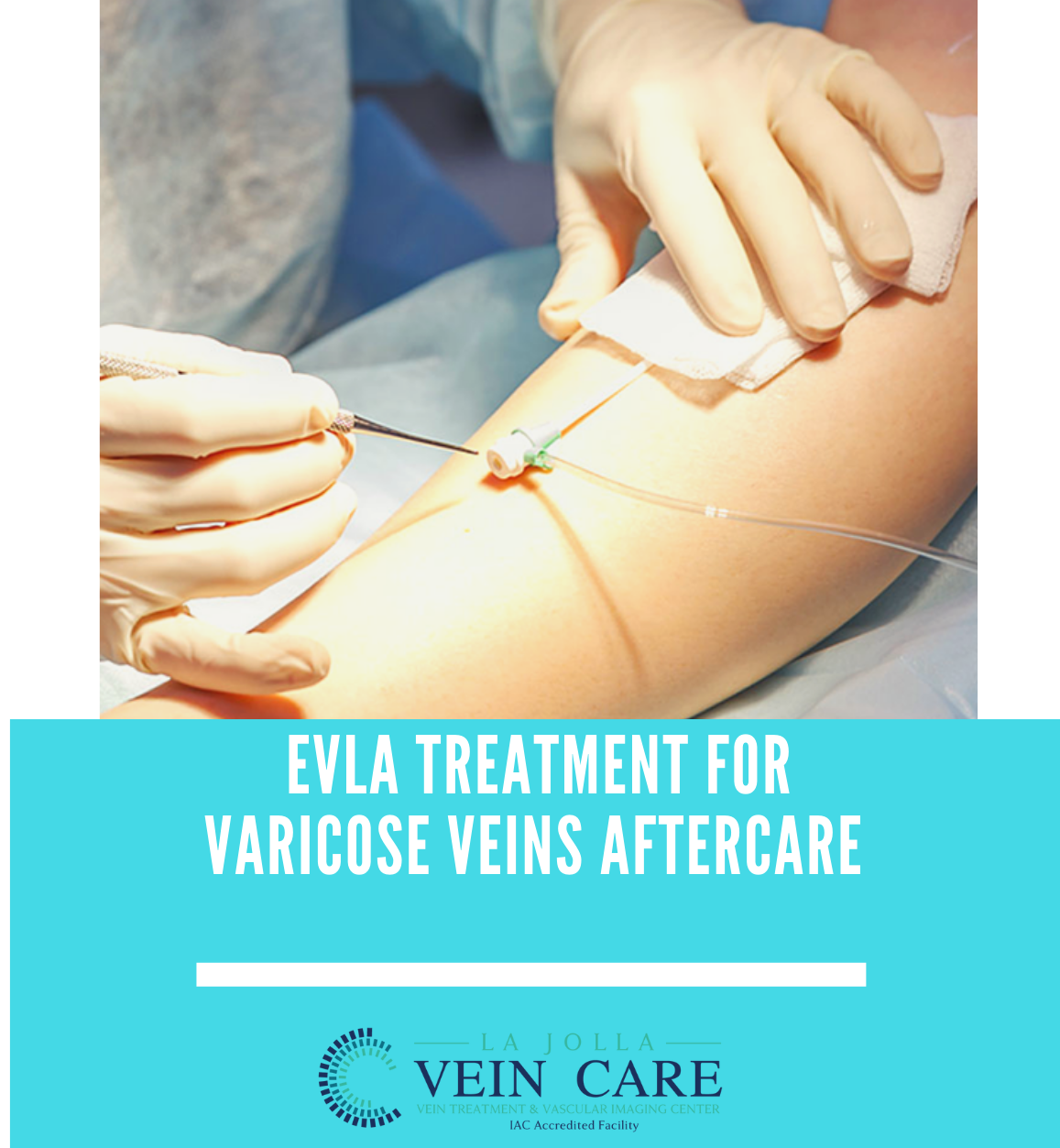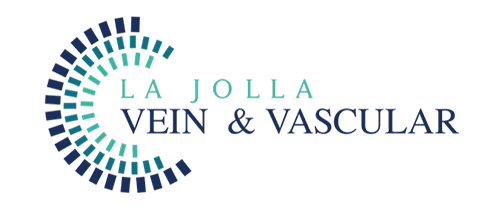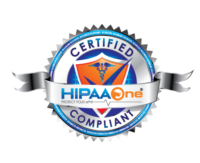3 Venous Reflux Disease Treatments for underlying vein reflux
LJVascular2022-04-12T10:08:56-07:003 Venous Reflux Disease Treatments for underlying vein reflux:
The ClariVein procedure
When someone is diagnosed with underlying vein reflux disease, the ClariVein procedure is for the treatment of backwards flow (or “reflux”) in your saphenous vein(s). The great and small saphenous veins are the two main superficial veins of the leg. They run […]
